| Vietnamese rice prices increase in the opposite direction, continuing to set a new peak at 653 USD/ton Rice exports set a record after only 10 months in 2023 |
Highest price ever
According to data from the Vietnam Food Association (VFA), the price of 5% broken rice in Vietnam increased to 653 USD/ton in the trading session on November 1.
At this level, Vietnamese rice is at its highest export price in history. Accordingly, in 2008, rice prices increased to 1,000 USD/ton, but at that time our country temporarily stopped exporting, but at present, exports are normal and Vietnamese rice is increasing "in the opposite direction" compared to other sources of supply including Thailand and Pakistan.
Accordingly, in the first two trading days of November, while the price of Vietnamese rice continued to remain stable, the supply from Thailand was slightly adjusted down by another 4 USD. Thus, after the adjustment, the price of 5% broken rice from this country is now at 560 USD/ton, 93 USD/ton lower than that of Vietnamese rice.
In addition, another exporting country, Pakistan, has also continuously adjusted rice prices downward in the last days of October and currently the price of 5% broken rice of this country is at 563 USD/ton, about 90 USD/ton lower than the same type of rice from Vietnam.
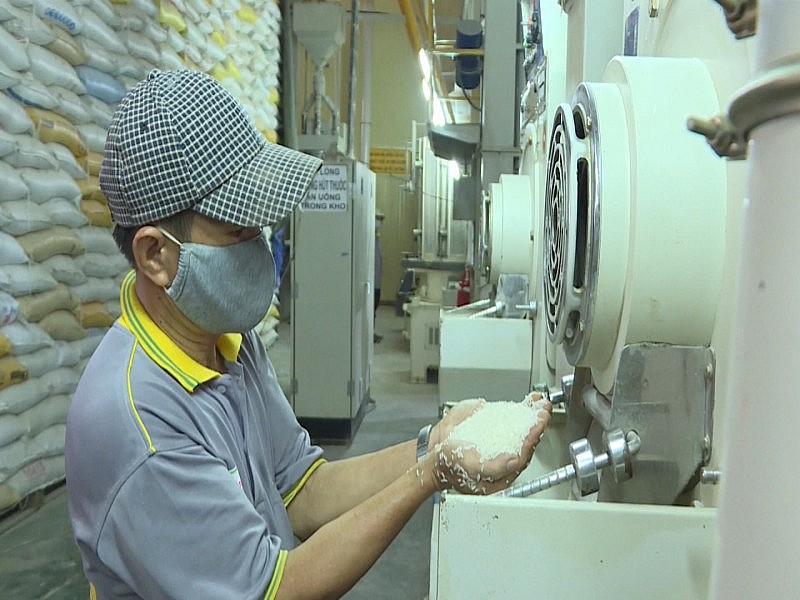 |
| Vietnamese rice exports have price advantage |
Explaining the reason why Vietnamese rice prices are “alone in the market”, many businesses said that because Vietnam is at the end of the harvest season, there is not much left, so the price of rice among people is constantly increasing. Businesses are also unable to collect goods for export, so they only dare to sign contracts with small quantities for long-term partners. The offered price of rice is therefore also pushed up.
In addition, the current high price of Vietnamese rice is also due to a number of other factors. The first factor to mention is that India - the source of 40% of the world 's rice supply - has yet to loosen its rice export restrictions.
Meanwhile, the world's second largest rice exporter, Thailand, is planning to stockpile rice before exporting in the near future. Accordingly, the Thai Ministry of Commerce has proposed to the National Rice Policy and Management Committee a four-point measure to stabilize rice prices. The plan will stockpile about 14 million tons of rice for up to five months before supplying it to the market at a suitable price. If approved, the plan will be applied immediately during the current harvest. This may be the reason why Thai rice prices continue to decrease slightly, equivalent to Pakistani rice, while Vietnamese rice continues to increase.
In addition to the above factors, the current demand for rice imports of countries is also very high. Of which, Indonesia has a demand for importing up to 2.4 million tons of rice for 2023 and according to the plan in 2024, this country will continue to import 2 million tons of rice. Or like the Philippines, according to the latest report on the world trade situation, the US Department of Agriculture forecasts that the Philippines' rice imports in the period 2023 - 2024 will be about 3.8 million tons.
Prices increase but contracts are difficult to sign
The increase in export rice prices is good news for both rice growers and businesses, but according to many businesses, the high price increase makes it difficult to sign contracts. According to Mr. Nguyen Van Thanh, Director of Phuoc Thanh 4 Production - Trade - Service Company Limited, at this time, no business dares to sell rice because to sell, they need to have inventory, while the current rice supply is exhausted and must wait until the Autumn - Winter crop.
In addition to the lack of supply, Mr. Phan Van Co, Marketing Director of Vrice Company Limited, said that the recent increase in export prices has pushed domestic rice prices to a high level, with domestic prices always being higher than foreign prices, causing businesses to not dare to sign new contracts for fear of losses. In addition, if prices are too high, customers will not choose Vietnam but will look for another source of supply with better prices.
In fact, according to VFA, it is understandable that businesses are cautious in signing contracts at this time because earlier this year many businesses signed contracts before they had customers and suffered heavy losses. Therefore, VFA also recommends that businesses prepare customers before signing contracts to avoid risks.
Source link







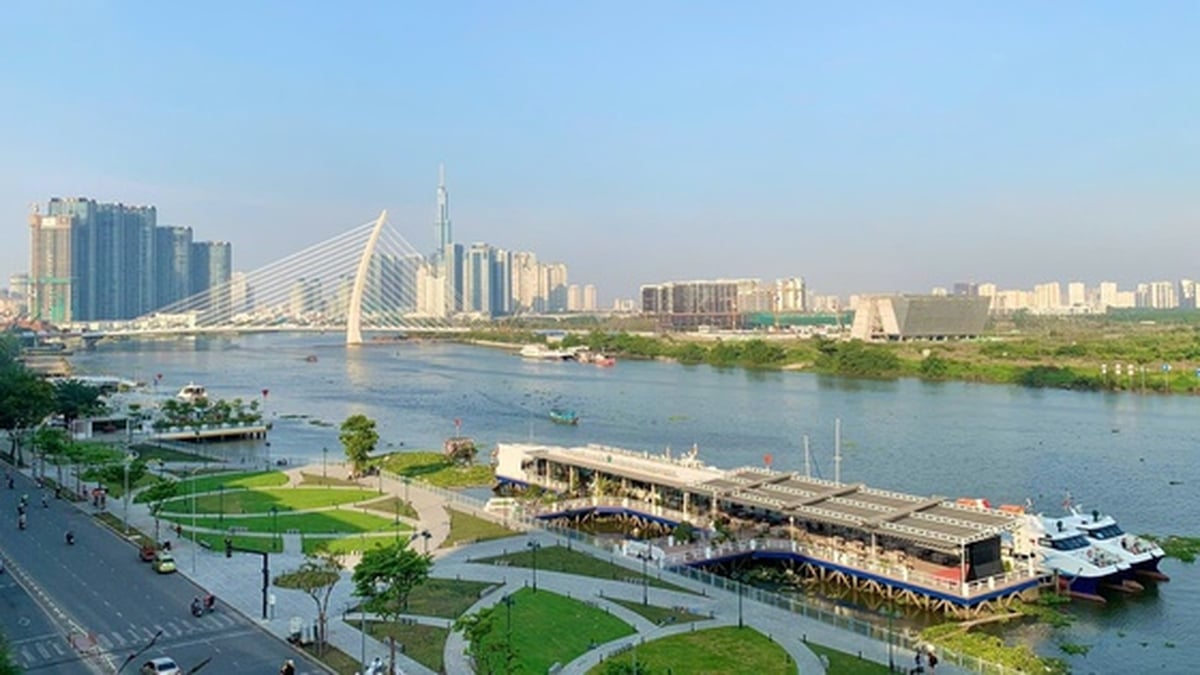




















![[Infographic] Vietnam-Senegal traditional friendship](https://vphoto.vietnam.vn/thumb/1200x675/vietnam/resource/IMAGE/2025/7/23/4c96a604979345adb452af1d439d457b)







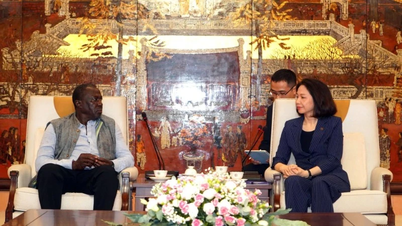
















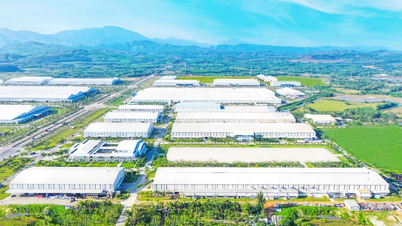





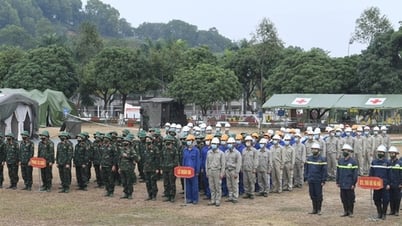





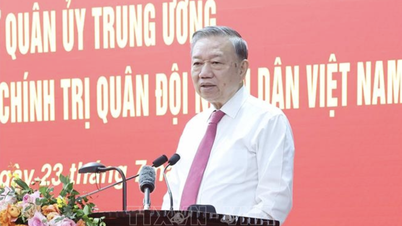

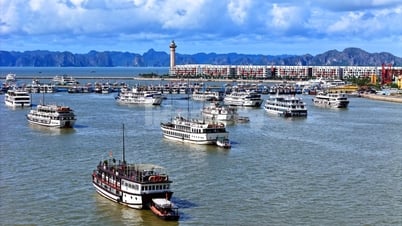





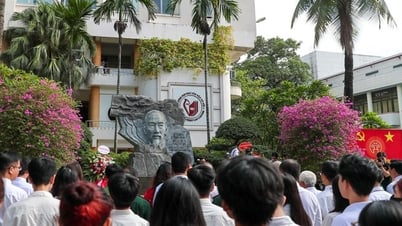














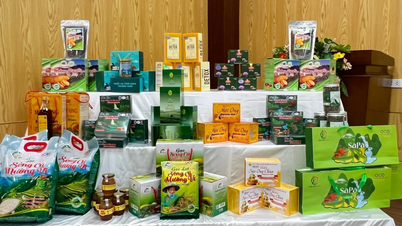













Comment (0)